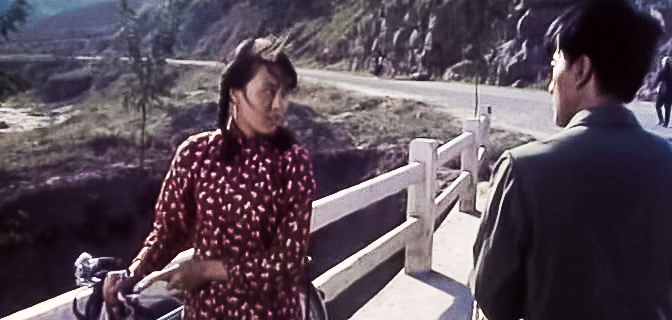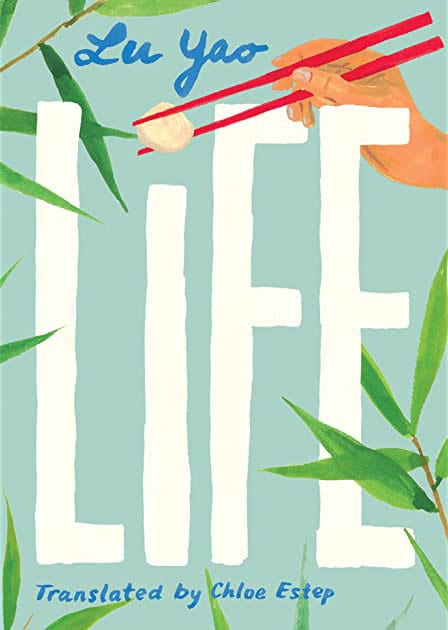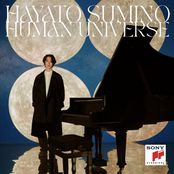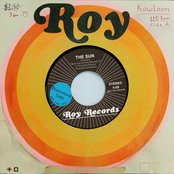Yu Lao’s Life is the story of Gao Jialin, a young man in his 20s who recently lost his job as a teacher and has to move back to his rural village and peasant life. From there, the story explores the relationship with his elders, his romantic relationship with the peasant girl Qiaozheng, and the city girl Yaping. Although he makes some big decisions that affect his personal life, Jialin’s (and everyone else) fortunes and future are greatly dependent on the government of 1980 China and the bureaucracies it creates. This social structure combined with family connections can give you advantages and also take them away, as we witness as the story plays out. Jialin deals with conflicting motivations and pressures that shift with his job situation, which take him between rural and city settings, and also between the groups of people who live in each.
Some things about the characters that resonated with me (SPOILER ALERT in the bullets):
- Jialin’s spirit and talent even in the face of challenges. His conflicted feelings towards Qiaozhen versus Yaping were palpable, and the ultimate decision he made was certainly understandable, even if the results are somewhat heartbreaking.
- Qioazhen’s pure heart and devotion. Even though she knows the limits that her illiteracy places on her, she takes the chance to spend her life with Jialin. I found Qiaozhen the most interesting and admirable person in Life.
- Yaping’s prudent and opportunistic nature. She realizes her love for Jialin, and how he fits in with her future life. However, when situations change, she’s not afraid to re-evaluate.
I watched the movie version of Life / 人生 (1984) right after finishing the book, and believe that it’s best viewed as a support for the book. As a stand-alone movie, I don’t think it’s very good because events just seem to happen one after another, but you won’t know the motivations or the relationships between the people. It’s a classic case of the book having much more detail and insight than the movie. However, for me, the film added welcomed color to the book. As someone not familiar with the setting, it was great to see what the village looked like, as well as the city and the people. Lao describes the clothing they work, like the Dacron pants or patterns on Qiaozhen’s shirts and voila – there they are on the screen! Not only that, but the dialog in the movie was pretty much exactly like the book (the translations, at least). The scenes were like little visual depictions of the book’s chapters. I thought it was very helpful!

I give the book my rating of 8.5, and the movie a rating of 7.






